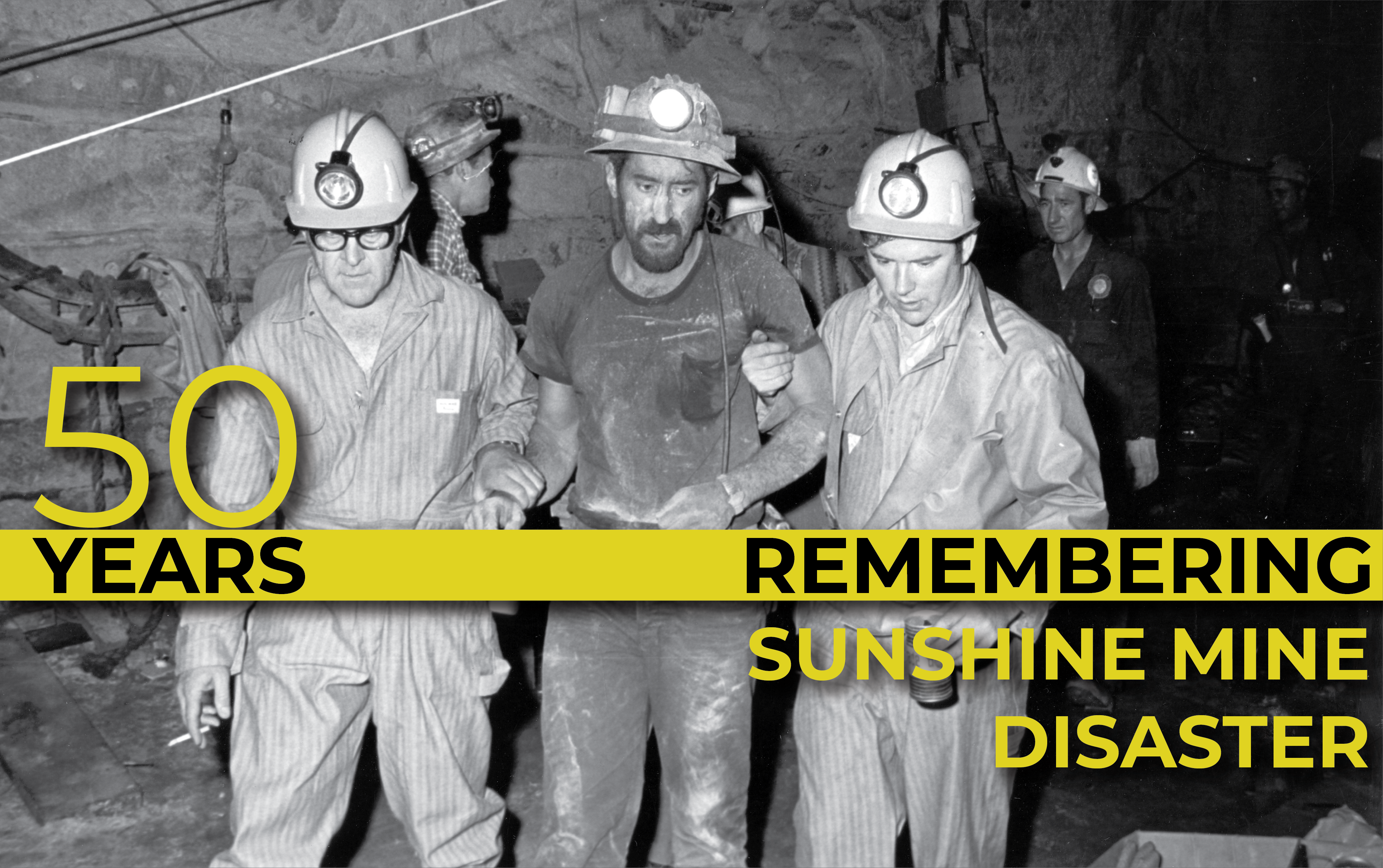Share This Article:

Tom Flory (middle) survived the Sunshine Mine Fire in May 1972 after being trapped 1600 meters underground.
Washington, DC (WorkersCompensation.com) - Today marks the 50th anniversary of the day that changed the mining industry forever.
On Tuesday, May 2, 1972, at about 11:40 a.m., a fire broke out at the Sunshine Mine in Kellogg, Idaho. Smoke and carbon monoxide quickly filled the area in which the majority of the 173 miners were working. At 12:03 p.m., an evacuation was ordered after mine managers were unable to pinpoint the location of the fire. Ninety-one men perished due to carbon monoxide exposure, 80 escaped, and only two were rescued after a week of being entombed about 1,600 meters underground.
At that point in history, the Sunshine Mine fire was the largest disaster in the hard-rock mining industry since the 1917 mine fire at the Speculator Mine in Montana. The Sunshine fire exposed weaknesses in the administrative setup of the safety and health program for metal and nonmetal miners and, as a result, served as the catalyst for the Mine Safety and Health Act of 1977 (Mine Act). To this day, the Mine Act still governs MSHA activities and has substantially decreased the number of mining fatalities.
Today we remember and honor the miners who lost their lives in this tragic event, and we remain committed to our mission to prevent death, illness, and injury from mining and promote safe and healthy workplaces for the industry’s greatest resource - miners.
Read Also
About The Author
About The Author
- WorkersCompensation.com
More by This Author
- Feb 10, 2025
- WorkersCompensation.com
- Oct 02, 2024
- WorkersCompensation.com
- Jun 24, 2024
- WorkersCompensation.com
Read More
- Apr 04, 2025
- WorkersCompensation.com
- Apr 03, 2025
- WorkCompCollege
- Mar 18, 2025
- WorkCompCollege
- Mar 12, 2025
- WorkersCompensation.com
- Feb 27, 2025
- WorkCompCollege
- Feb 26, 2025
- Horizon Casualty Services




